Do you encounter WebSocket issues on Slack?
Network-related issues are one of the toughest problems to deal with on any website or application.
When you’re dealing with network connection errors, there are a handful of factors to consider, such as your router configurations, VPNs, Proxy Servers, DNS, and more.
On Slack, many users have been reporting WebSocket issues while using the website or application. The WebSocket issue on Slack occurs randomly and is not triggered by a specific feature or service on the platform.
Based on what we know, this problem occurs due to improper configurations on your network or Slack’s servers are down.
Whichever the case is, it is quite frustrating to run into this problem, especially if you have an upcoming meeting or need to discuss an important matter with one of your team members.
To help you out, we’ve decided to make a guide for fixing WebSocket issues on Slack.
Let’s get right into it!
1. Check Slack’s Servers.
Before changing any configurations on your network or device, you should identify first if the problem is on your end or Slack’s side. You can do this by visiting Slack’s System Status page to check the status of their services.
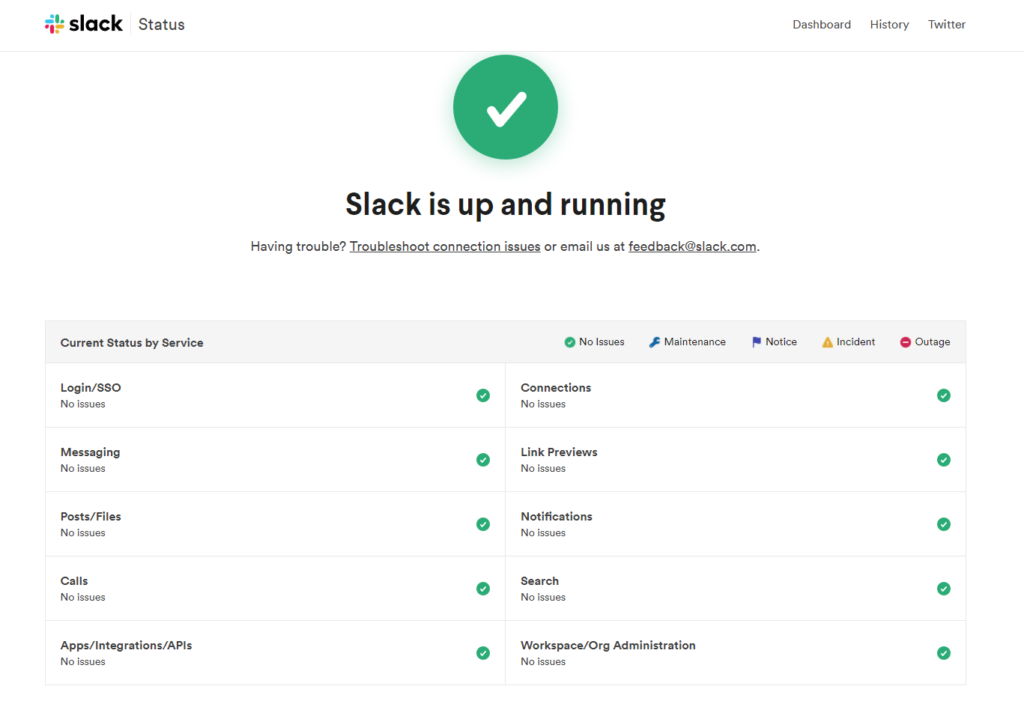
If Slack is currently down, it is best that you just wait for their team to address the situation since server-related issues can’t be fixed on your end.
On the other hand, you can proceed to the remaining methods below if there’s nothing wrong with Slack’s servers.
2. Restart Your Device.
Most issues on Slack can be fixed by simply restarting your device. This is also the case for most applications. While restarting your device sounds simple, it actually gives your system the chance to reload its resources which may have run into an error during use.
For Windows users, see the steps below to restart your system:
- First, click on the Windows icon on your Taskbar to access the Start Menu.
- Next, go to the Power tab to access the options menu.
- Lastly, click on Restart to reboot your computer.
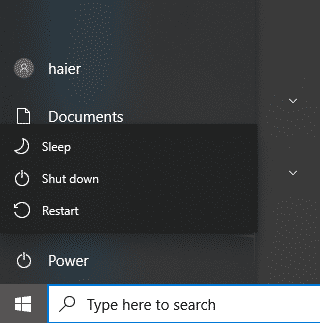
If you are using a macOS device, here’s how you can restart its software:
- Click on the Apple logo on the top-left corner of your display.
- After that, select the Restart option.
- Finally, click on Restart again to proceed.
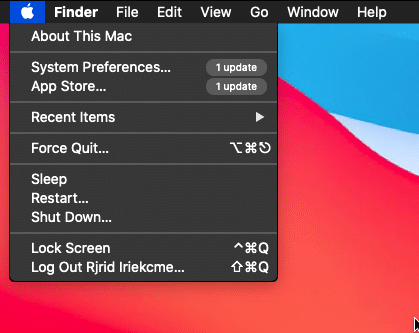
On Android devices, you can restart its system by doing the following:
- Find the Power button on your Android device.
- Now, press and hold the Power button until the selection screen shows up.
- Lastly, tap on Restart to reboot your system.
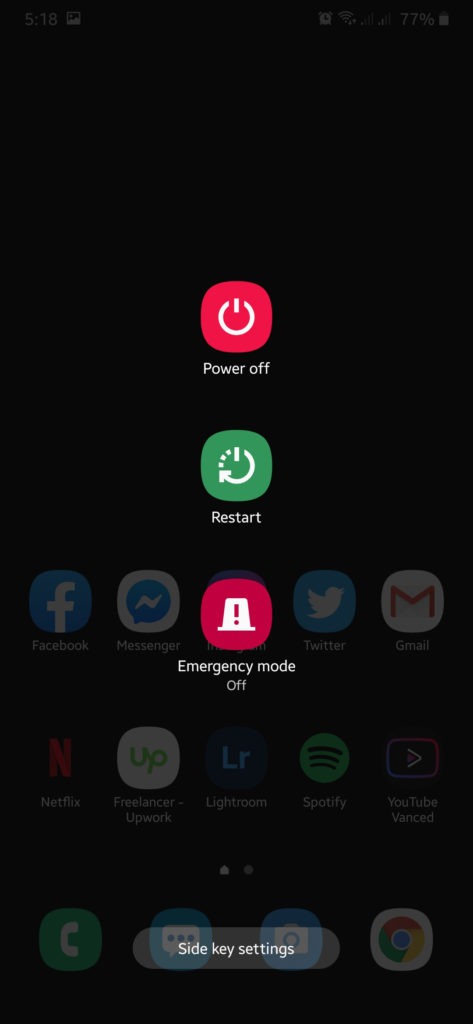
For iOS users, follow the steps below to restart your device:
- On your iOS device, access the Assistive Touch and go to Device.
- After that, tap on More.
- Finally, tap the Restart option to reboot your device.
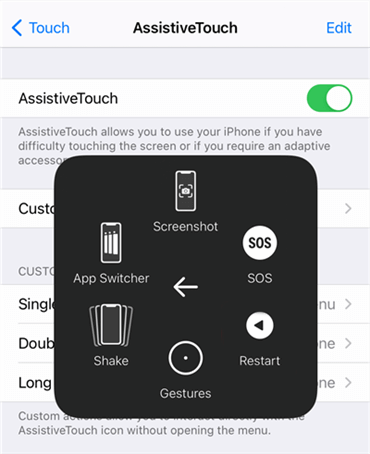
Once done, go back to Slack to check if you would still encounter the WebSocket issue.
3. Check Your Network Connection.
Since WebSocket issues are related to your internet connection, your network may not be functioning as it should. You can confirm this by running a speed test using Fast.com to measure your network’s upload and download bandwidth.
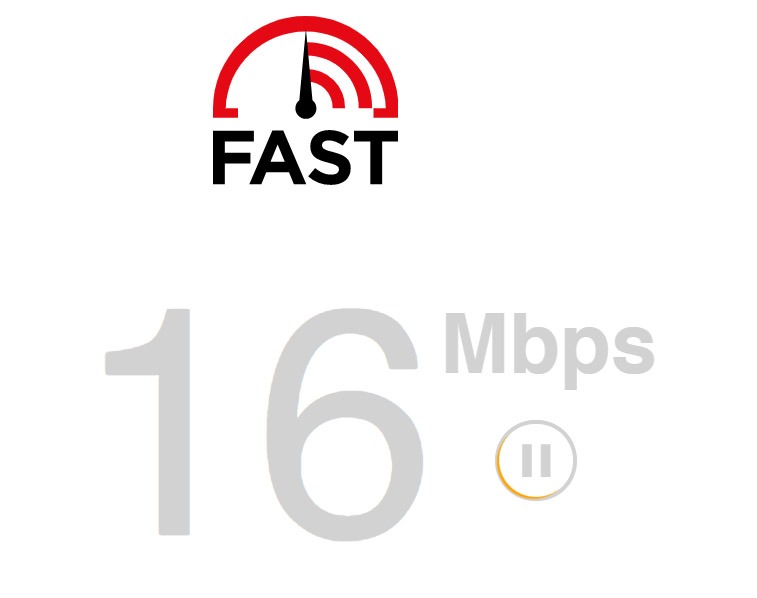
If your network is running slow, restart your modem or router to refresh the connection with your service provider.
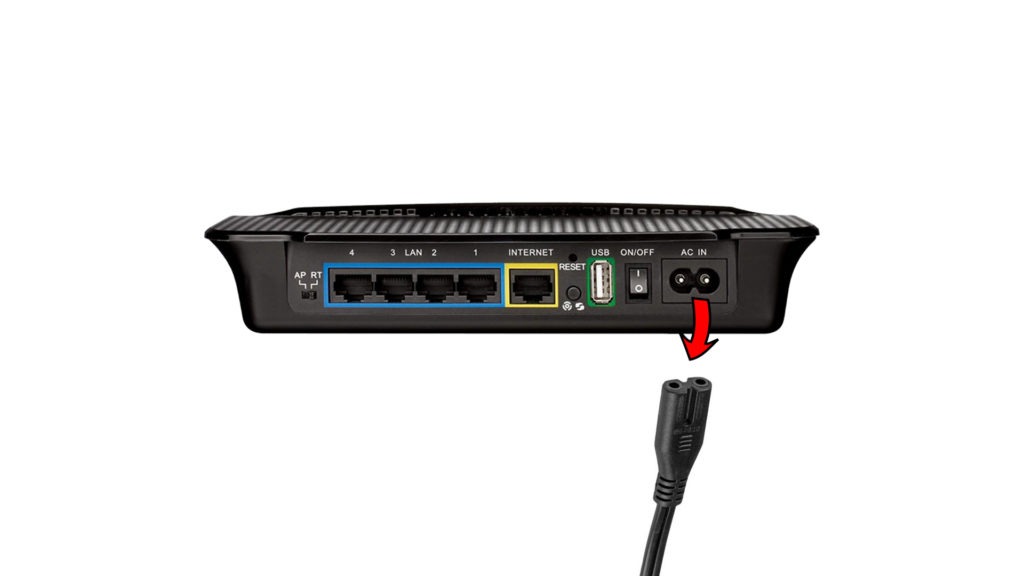
Once done, perform another test to check if the problem is solved. If not, contact your service provider and ask them to fix their service.
4. Turn Off VPN.
Virtual private networks could also be the reason for WebSocket issues on Slack. Since VPNs make changes to your IP address and redirect your data to their servers for filtering, it can disrupt the flow of your network and affect its performance.
If you are using VPN services, try to disable them before accessing Slack.
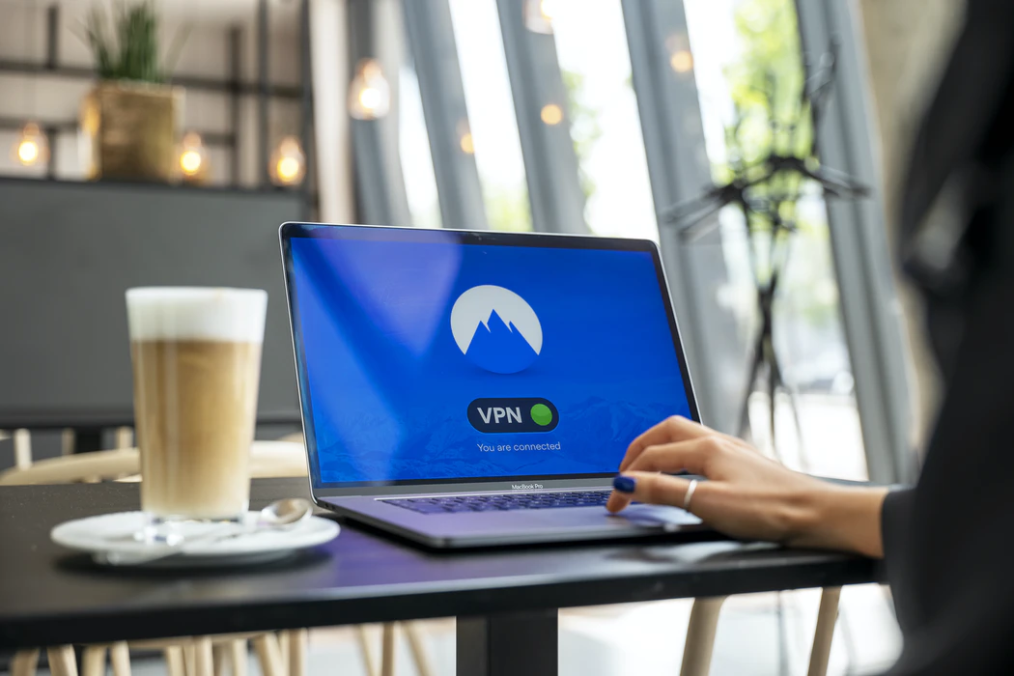
On the other hand, we also recommend switching to a reputable VPN provider such as PureVPN if your current one keeps giving you headaches. Compared to other VPNs, it has support for all security protocols ensuring compatibility with every application.
PureVPN also has 24/7 customer support ready to accommodate your concerns anytime, anywhere.
5. Clear Slack Cache.
Slack uses app caches that contain temporary data from your account. Slack uses these data to improve its performance when loading up conversations, profiles, and more. Unfortunately, app caches can accumulate over time and could become corrupted.
If you encounter WebSocket issues on Slack, try clearing your app cache.
Here’s what you need to do:
- First, launch the Slack app on your computer.
- Next, go to the Menu and click on Help.
- Lastly, access the Troubleshooting tab and click on Clear Cache and Restart.
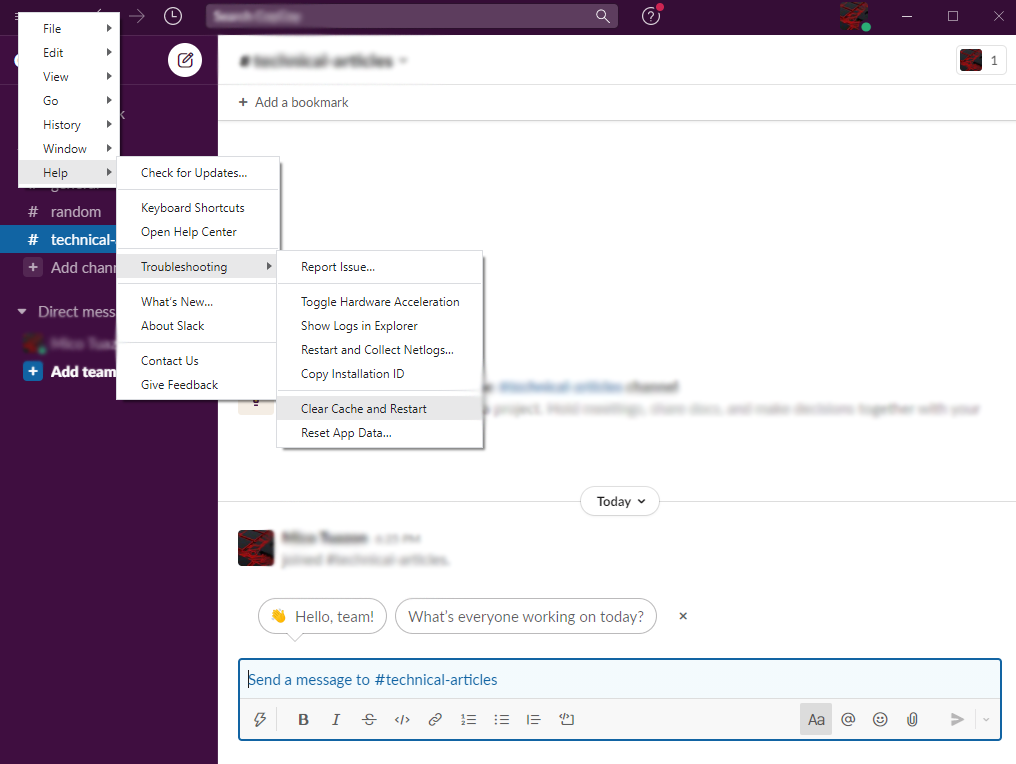
Once done, try using Slack for a few minutes to see if the WebSocket issue would still occur.
If that doesn’t work, go back to Menu > Help > Troubleshooting and select the Reset App Data option.
6. Update Your Device.
Your device’s system may have a problem related to network connectivity, which causes WebSocket issues on Slack. To rule this out, try to check if there’s an available update for your system and install it.
On Windows, you can check for updates by doing the following:
- First, press the Windows + I keys on your keyboard to access Windows Settings.
- After that, click on Update & Security.
- Lastly, go to Windows Update and click on Check for Updates.
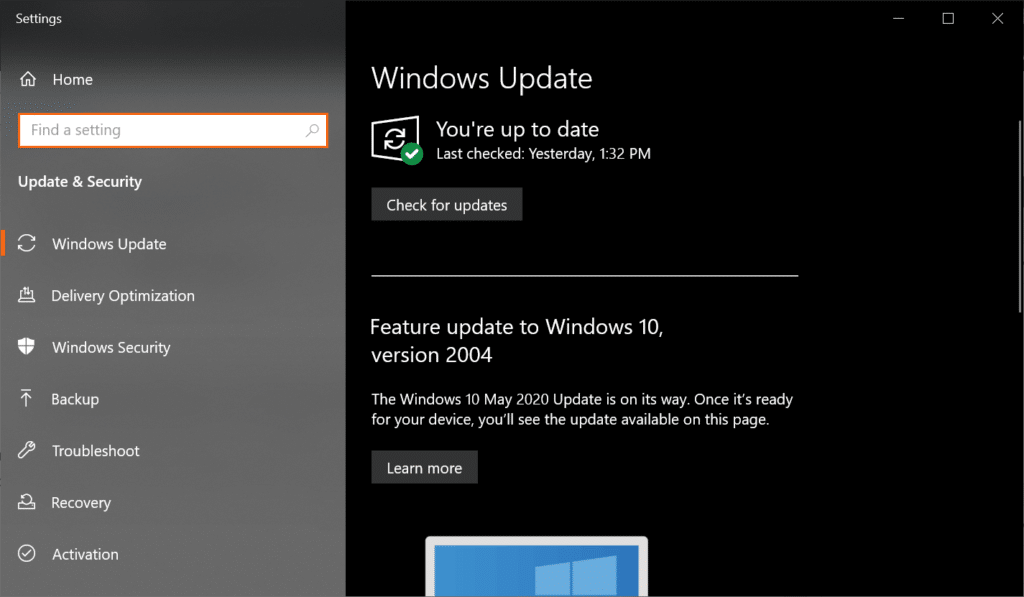
For macOS users, you can update your system by following the steps below:
- On your main screen, click on the Apple logo and select System Preferences.
- Next, go to Software Update.
- Finally, click the Update Now or Upgrade Now button.
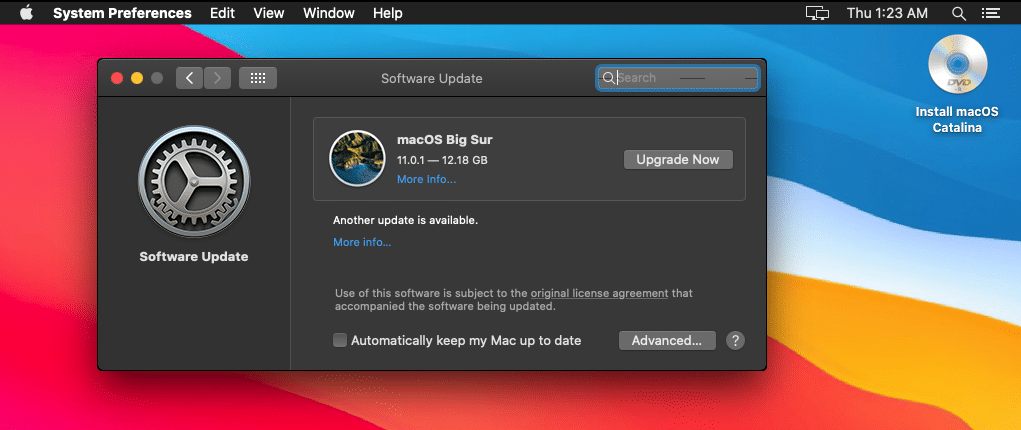
If you are using an Android device, follow the steps below to update your system:
- First, access the Settings of your Android device.
- After that, scroll down and open the About or About Phone tab.
- Lastly, tap on Software Update and follow the on-screen prompts if there’s an available update for your device.
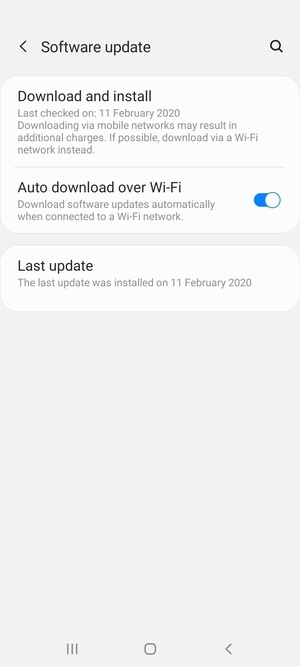
For iOS users, see the guide below to update your device:
- Access the Settings of your iOS device.
- Next, go to General and tap on Software Updates.
- Finally, tap on Download and Install if there’s an available update to install it.
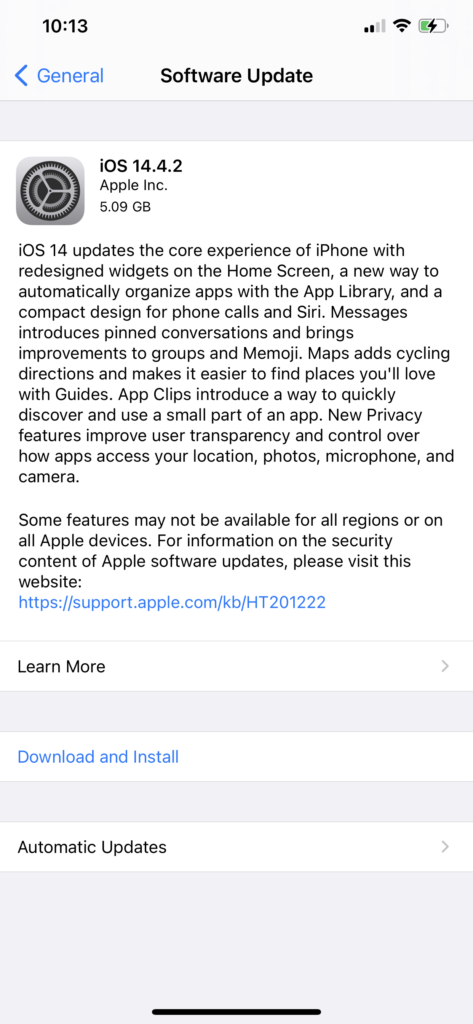
After updating your system, go back to Slack and see if you would encounter any WebSocket issues.
7. Contact Your Network Administrator.
If you still encounter WebSocket issues on Slack, you can try contacting your network admin or internet service provider to check if your network supports WebSocket connections. In addition, you should also ask them to inspect any connection attempts from the following domains:
wss-primary.slack.comwss-backup.slack.comwss-mobile.slack.com
8. Report the Problem to Slack.
If none of the methods above worked out for you, we suggest that you let the professionals take over.
Visit Slack’s Help Center and contact their customer support to report the problem. You can also browse the other guides there and see if you can find possible solutions for the WebSocket issue on your device.
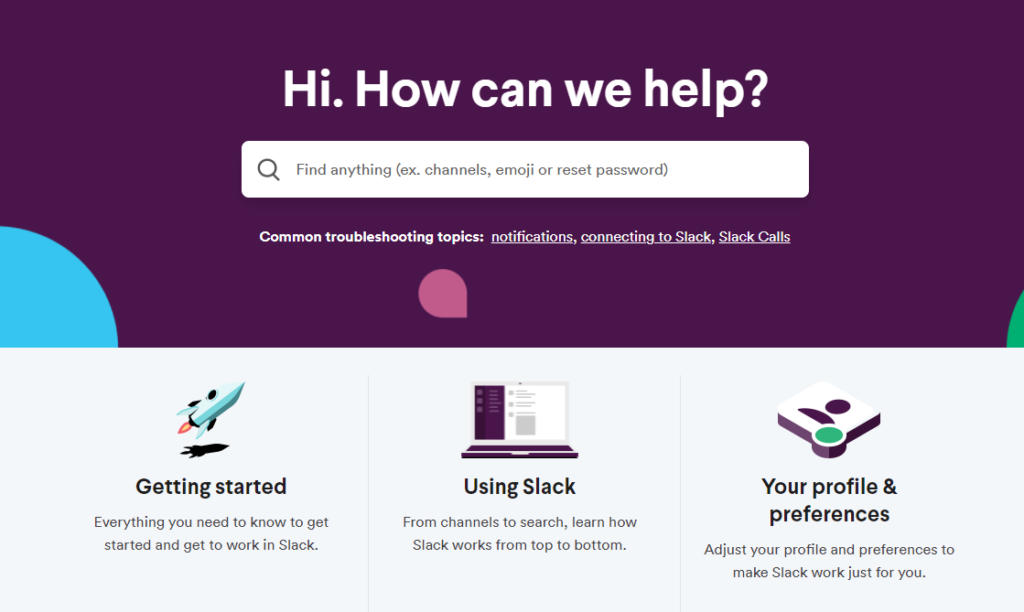
Make sure to provide your account details, the platform you’re using, and a screenshot of the error if possible to make it easier for Slack’s team to assess your concern.
That brings us to the end of our guide for fixing WebSocket issues on Slack. If you have questions or other concerns, please leave a comment below, and we’ll do our best to answer them.
If this guide helped you, please share it. 🙂





